52 F. high in the Twin Cities Friday.
50 F. average high on November 1.
47 F. high on November 1, 2012.
Minnesota Weather History on November 1 (courtesy of Twin Cities National Weather Service)
1938: Tornado at Nashwauk in Itasca County
1842: Warm spell at Ft. Snelling. Temperature was up to 60 degrees.
1 in 167.
Odds of an American driver hitting a deer over the next 12 months.
Source: State Farm and The New York Times; details below. Image:
WeatherNation TV.
 Erratic November
Erratic November
November
should be medicated. It's a manic month, capable of everything from 70s
to subzero - blizzards to lukewarm swoons of Indian Summer.
According
to NOAA data since 1980 mean snowfall for November is 9.3 inches,
making it the 4th snowiest month of the winter season. Novembers since
2000 have brought an average of 4.1 inches for the Twin Cities, but
snowfall numbers in November aren't a good proxy for the winter to come.
Last
November less than an inch fell. Easy winter right? Nearly 67 inches
later, with slush piling up in May, most Minnesotans begged to differ.
NOAA
NCEP's CFS model is printing out significant snow by mid-November, but
at this point I'm very skeptical. That said, look for a big temperature
tumble right before Thanksgiving. Details below.
A fine late fall
weekend is shaping up - highs near 50F today, low 50s Sunday with a
stiff breeze. Showers develop on Monday, a cold steadier rain Tuesday,
possibly mixing with wet snow over central Minnesota.
Highs hold
in the 40s much of next week, another stab at 50s the weekend of
November 9-10. Beyond that the crystal ball gets murky.
Snow tires and driveway stakes will remain optional through at least November 12.
* image above: fungram.com.
Canadian Infiltration.
Nothing arctic is brewing (yet), but after a balmy Friday New England
and the Mid Atlantic states chill down today, while temperatures
moderate slightly over the Great Lakes and Upper Midwest, the western
USA still trending chillier than average. The solid red line denotes the
32F isotherm. 12km NAM forecast 2-meter temperatures into Monday night
courtesy of NOAA and Ham Weather.
Nice To Be (Nearly) Average.
Highs push well into the 40s today, probably topping 50F in the Twin
Cities Sunday before cooling down early next week. Another southern
storm arrives with rain Monday and much of Tuesday, possibly ending as a
little slushy snow by Tuesday night, although right now we don't expect
significant amounts. ECMWF data above shows another temperature rebound
with low 50s possible again next weekend. Graph: Weatherspark.
Mild Bias Into Mid-November.
The North Atlantic Oscillation (NAO) is trending milder than average
looking out 10-12 days, suggesting average or slightly milder than
average temperatures through much of the second week of November. Graph:
NOAA.
NAEFS Model.
Alaska has been unusually warm since October, and that unusually warm
bias continues from Alaska into Canada's Arctic region, with a (slight)
mild bias from the Great Lakes into the Southeast, while the west trends
cooler between November 9-15.
Precipitation Needed To End Drought.
We're making progress after a wetter-than-average October over the
Upper Mississippi Valley. A month ago much of Minnesota was running a
3-5" rainfall deficit, now that's down to 1-2" over most central and
southern counties. Severe to extreme drought remainds over southern Iowa
and northern Missouri into west central Illinois, with a 5-7" rainfall
shortfall. Map: NOAA and
Ham Weather.
Deer Mating Season: Drivers Beware. Here's an excerpt of a timely reminder at
The New York Times: "
It’s
the deadliest time of the year for deer, which also pose a particular
danger to motorists in autumn with the arrival of the mating and hunting
seasons. Nearly half of vehicle accidents involving white-tail deer
occur from October to December, according to Chad Stewart, a deer
research biologist at the Indiana State Division of Fish and Wildlife..." (Image above: KARE-11).
Blood Pressure And The Onset Of Winter. Here's an excerpt of Dr. Mark Seeley's
WeatherTalk Newsletter that caught my eye this week: "
Blood
pressure generally is higher in the winter and lower in the summer.
That's because low temperatures cause your blood vessels to narrow
which increases blood pressure because more pressure is needed to force
blood through your narrowed veins and arteries. In addition to cold
weather, blood pressure may also be affected by a sudden change in
weather patterns, such as a weather front or a storm. Your body and
blood vessels may react to abrupt changes in humidity, atmospheric
pressure, cloud cover or wind in much the same way it reacts to cold.
These weather-related variations in blood pressure are more common in
people age 65 and older..." (Image: Steve Burns).
Just For Laughs And Giggles. Here is predicted snowcover for the USA through December 11, based on NOAA NCEP's CFS (
Climate Forecast System).
I know, it's interesting to look at, but I'm not (yet) convinced
there's any skill here. It shows significant snow reaching Minnesota by
November 13-14. I'm skeptical but suspending my disbelief until I see a
few more runs (looking for some level of continuity from run to run).
Confidence level: 1 (on a scale of 1 to 10). Model animation: Ham
Weather.
When Will We Hit Peak Garbage? Smithsonian.com has an interesting read - here's the introduction: "
In 2013, if you’re someone who cares about the environment, your first and foremost concern is probably climate change. After that, you might worry about things like radioactive contamination, collapsing honeybee colonies and endangered ecosystems,
among other contemporary environmental perils that fill recent news
headlines. But a number of researchers in the field are focused on a
problem that has faded out of the news cycle: the piles of garbage that
are growing around the world. A recent World Bank report projected
that the amount of solid waste generated globally will nearly double by
the year 2025, going from 3.5 million tons to 6 million tons per day.
But the truly concerning part is that these figures will only keep
growing for the foreseeable future. We likely won’t hit peak garbage—the
moment when our global trash production hits its highest rate, then
levels off—until sometime after the year 2100, the projection indicates,
when we produce 11 million tons of trash per day..."
Photo credit above: "
Projections
indicate that our rate of trash production will keep rising past 2100—a
concern, because waste can be a proxy for all other environmental
stresses." Image via
Flickr user Jritch77.
Japan's "Toxic" Monster Creeping Towards U.S. Speaking of garbage - debris from Japan's massive tsunami in 2011 is pushing across the Pacific, as reported by
Fox News; here's the intro: "
An
enormous debris field is creeping toward the U.S. in the wake of the
massive earthquake and tsunami that shook Japan in 2011, killing nearly
16,000 people and launching 1.5 million tons of floating objects into
the sea. That most concentrated part of the junk field is easily broader
than Texas and centered approximately 1,700 miles off the Pacific
coast, between California and Hawaii, although the National Oceanic and
Atmospheric Administration (NOAA) hasn't published more precise
estimates. The agency estimates that the trash overall is scattered
across an area in the ocean about three times the size of the
continental United States..."
Hold The Spice Please. I hope you're not eating as you read this story from
Quartz; here's an excerpt: "
If
you use everyday spices such as pepper, parsley and paprika, you could
be sprinkling more on your food than you bargained for.
Twelve percent of spices imported to the US are soiled with insects
(both live and dead), animal excrement, rodent hairs and a range of
other unappetizing materials, according to a new report by the US Food and Drug Administration..."
Photo credit above: "
Spice girls." Reuters/Parth Sanyal.
TODAY: Partly sunny, cool breeze. Winds: NW 10. High: 48
SATURDAY NIGHT: Mostly clear and cool. Low: 38
SUNDAY: Dim sun, windy and milder. Winds: S 25+ High: 54
MONDAY: Dry start, rain showers developing. Wake-up: 44. High: 49
TUESDAY: Rain may end as a coating of slush Tuesday night. Wake-up: 36. High: 43
WEDNESDAY: Gradual clearing, drying out. Wake-up: 33. High: 41
THURSDAY: Brisk blue sky. Wake-up: 27. High: 41
FRIDAY: Sunny, a bit milder. Wake-up: 25. High: 47
50s may return a week from today.
Climate Stories....
New Finding Shows That Climate Change Can Happen In A Geological Instant. This story at
phys.org
made me do a double-take. Remember, we don't know what we don't know.
It's the "unknown unknowns" that worry climate scientists the most.
Tipping points? Sudden swings into a new climate state? At the rate CO2
is building up in the atmosphere anything is possible in the years
ahead. Here's an excerpt: "
Rapid" and "instantaneous" are words
geologists don't use very often. But Rutgers geologists use these exact
terms to describe a climate shift that occurred 55 million years ago. In
a new paper in the Proceedings of the National Academy of Sciences,
Morgan Schaller and James Wright contend that a doubling in carbon
dioxide levels, the surface of the ocean turned acideic in over a period
of weeks or months and global temperatures rose by 5 degrees centigrade
- all in the space of about 13 years. Scientists previously thought
this process happened over 10,000 years..."
Photo credit above: "
Morgan
Schaller, James Wright, and the core sample that helped them understand
what happened - and how fast it happened - 55 million years ago." Credit: James Wright, Rutgers University.
Last Time Arctic Was This Warm Was 120,000 Years Ago. Here's a headline that got my attention. Andrew Freedman has the story at
Climate Central: here's an excerpt: "
Average
summer temperatures in the Eastern Canadian Arctic during the past 100
years are hotter than they have been in at least 44,000 years, and
possibly as long as 120,000 years, according to a new study.
The study of mosses emerging from beneath receding glaciers on Baffin
Island — the world’s fifth-largest island located west of Greenland
— confirms that rapid Arctic warming
has already put parts of the region in new climatic territory. Arctic
warming is transforming the Far North by melting sea and land ice,
speeding spring snowmelt, and acidifying the Arctic Ocean. Arctic
warming may even be redirecting the jet stream in the northern midlatitudes, making some types of extreme weather events more likely in the U.S. and Europe..."
Image credit above: "
Departure
from average of Arctic surface temperatures during the first decade of
the 21st century, as compared to the 1971-2000 average. The map
illustrates that no part of the Arctic experienced cooler-than-average
conditions during this period." Credit: NOAA.
Pacific Ocean Warming At Fastest Rate In 10,000 Years. Here's a clip from Penn State climate scientist Michael Mann at Huffington Post: "Just
how rapid is the current rate of warming of the ocean? There is an
interesting new article by Rosenthal and collaborators in the latest issue
of the journal Science entitled "Pacific Ocean Heat Content During the
Past 10,000 Years" that attempts to address this question. The article
compares current rates of ocean warming with long-term paleoclimatic
evidence from ocean sediments. So how rapid is the ocean warming? Well,
for the Pacific ocean at least, faster than any other time in at least
the past 10,000 years. The study finds, specifically, that (to quote
Columbia University's press release)
the "middle depths [of the Pacific Ocean] have warmed 15 times faster
in the last 60 years than they did during apparent natural warming
cycles in the previous 10,000..."
Study: Northern Hemisphere Summers Now Warmest Of Last 600 Years.
Rawstory.com has the article; here's the intro: "
Summers
in the northern hemisphere are now warmer than at any period in six
centuries, according to climate research published on Wednesday in the
science journal Nature. Harvard University researchers analysing
evidence from Arctic tree rings, ice cores, lake sediments and
thermometer records said recent warm temperature extremes in high
northern latitudes “are unprecedented in the past 600 years” both for
magnitude and frequency. “The summers of 2005, 2007, 2010 and 2011 were
warmer than those of all prior years back to 1400,” they reported..."
Pacific Ocean Warming 15 Times Faster Than Before.
USA Today has the story; here's the introduction: "
Although
the temperature of the Earth's atmosphere may have hit the "pause"
button recently — with little global warming measured over the past few
years — that hasn't been the case with the oceans. In a study out today
in the journal Science, researchers say that the middle depths of a part
of the Pacific Ocean have warmed 15 times faster in the past 60 years
than they did during the previous 10,000 years..."
Global Trends Since 1960. The chart above, courtesy of the
WMO,
World Meteorological Organization, shows absolute country records of
the daily maximum and minimum temperature and 24-hour total
precipitation in the last five decades.
White House Will Focus On Climate Shifts While Trying To Cut Greenhouse Gases. Adaptation and resilience will be big themes in the years and decades to come; here's an excerpt from
The New York Times: "...
White House aides said President Obama
would sign an executive order on Friday morning directing federal
agencies to make it easier for states and communities to build
resilience against storms, droughts and other weather extremes. For
instance, when federal money is being spent on projects like roads,
bridges, flood control and many others, the plan would encourage greater
attention to the likely climate conditions of the future, which might
require making the structures stronger or larger..."
Inconvenient Truth-Tellers.
Climate science is under assault, because there is a mountain of cash
at stake, many trillions of dollars of carbon still in the ground.
Here's a clip from a story at
The Association for Psychological Science: "
Throughout
history, scientists have found themselves the subject of scorn,
slander, ridicule and even violence when their discoveries have failed
to mesh with authoritative doctrine or public sentiments. When an
ancient Muslim cleric was offended by Persian doctor Rhazes’s book on
medicine, he had the man beaten with his own manuscript until he was
blind. After Galileo’s telescope challenged the belief that the sun
orbited the earth, the Holy Office of the Inquisition accused the
astronomer of heresy and sentenced him to house arrest. Today, most
scientists are able to report their findings without worrying about
draconian sentences from the state. But they still face the enmity of
people who simply don’t believe the empirical results or who have a
vested interest in the status quo..."
The Moral Imperative Of Hope And The Wasteland Of Climate Cynicism.
Yes, this topic elicits cynism, anger, denial, disgust and despair, no
question. Beyond the science there's an emotional and psychological
component to climate change. Here's a clip from an interesting read at
The Climate Psychologist: "...
It
is understandable that people would be cynical about climate change.
The pain of reality is very great. It makes sense that people would pack
their hearts with ice; numbing their fear and despair. This also
explains why climate cynics get angry at people, such as myself, who
carry a message of hope. Hope threatens the defense. Some of the ice
starts to melt, and raw emotions start to come through. “You are naïve!”
They tell me, trying to maintain the safe, numb feeling “You are a
fool.” People cynical of romance are similarly negative towards those in
love; its painful to be reminded of what you have forsaken, so they
attack the reminder..."
Naomi Klein: How Science Is Telling Us All To Revolt. Here's an excerpt of a post at
New Statesman from Naomi Klein: "...
We
probably shouldn’t be surprised that some climate scientists are a
little spooked by the radical implications of even their own research.
Most of them were just quietly doing their work measuring ice cores,
running global climate models and studying ocean acidification, only to
discover, as the Australian climate expert and author Clive Hamilton
puts it, that they “were unwittingly destabilising the political and
social order”. But there are many people who are well aware of the
revolutionary nature of climate science. It’s why some of the
governments that decided to chuck their climate commitments in favour of
digging up more carbon have had to find ever more thuggish ways to
silence and intimidate their nations’ scientists..."
Photo credit above: "
Waste
land: large-scale irrigation strips nutrients from the soil, scars the
landscape and could alter climatic conditions beyond repair."
Image: Edward Burtynsky, courtesy Nicholas Metivier Gallery, Toronto/
Flowers, London, Pivot Irrigation #11 High Plains, Texas Panhandle, USA
(2011)

.jpg)
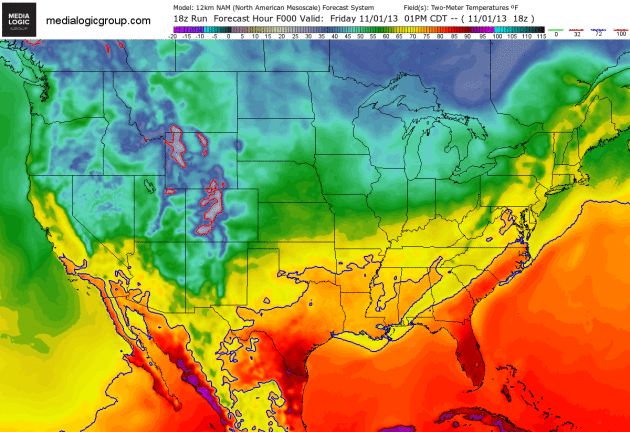

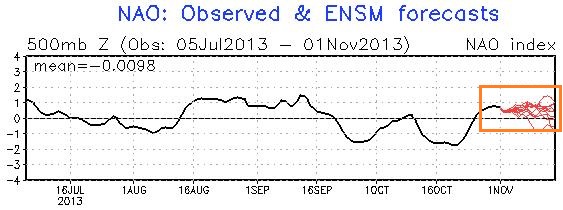
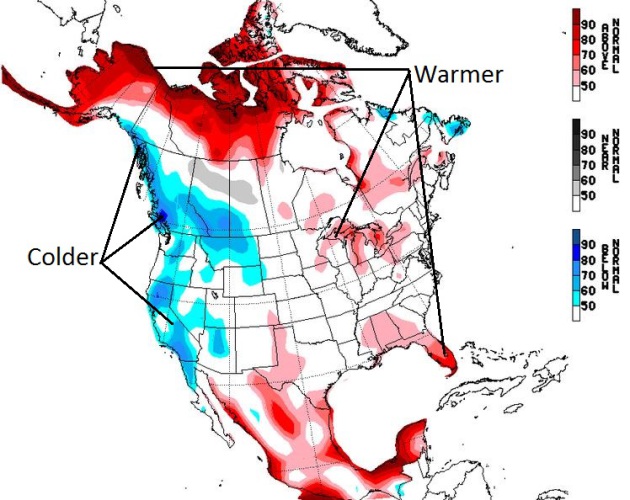
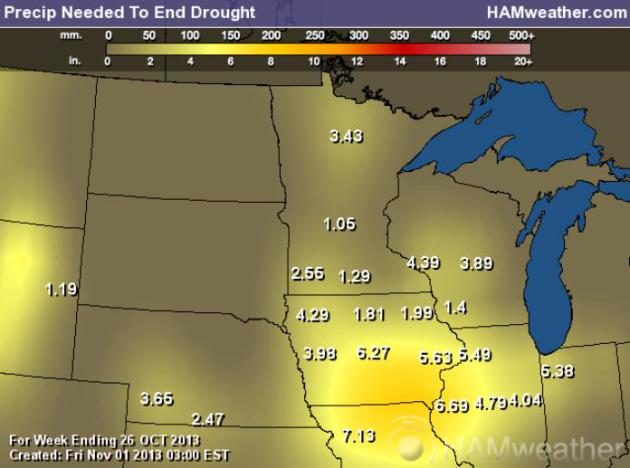

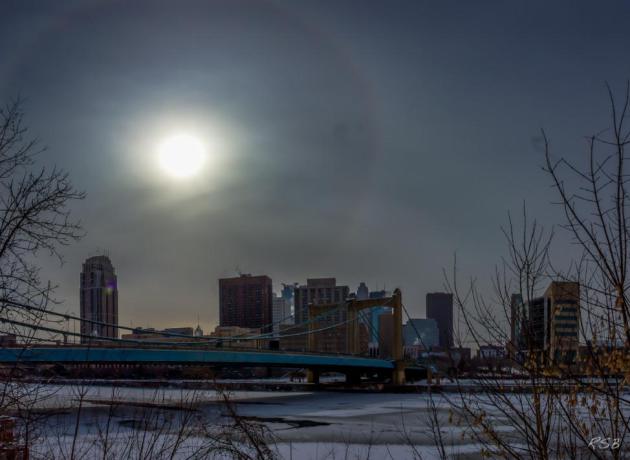
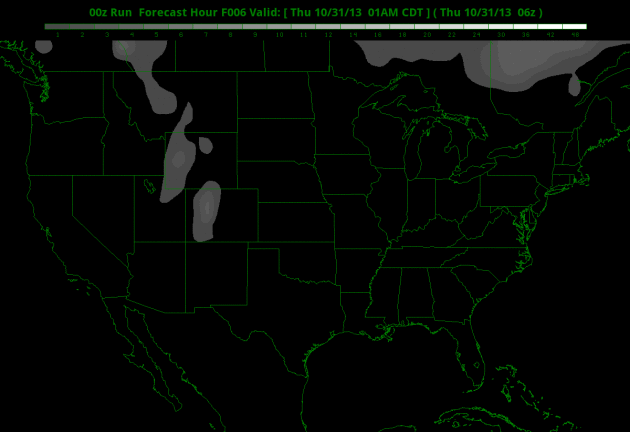
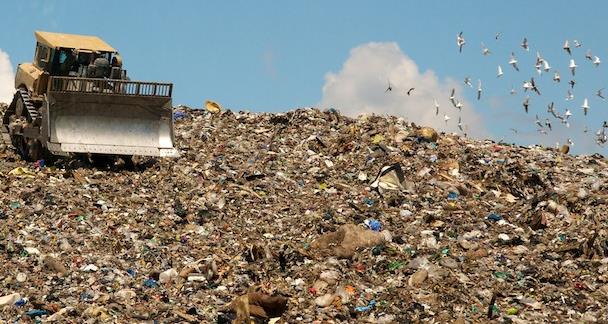
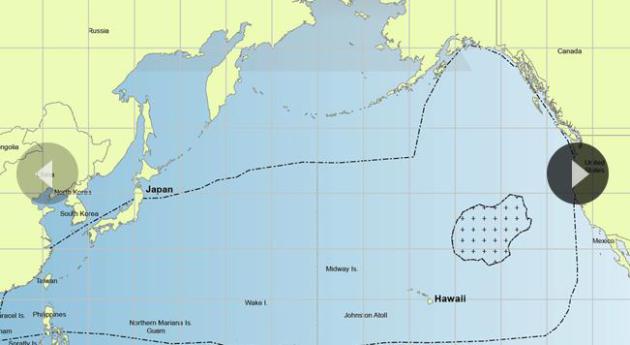
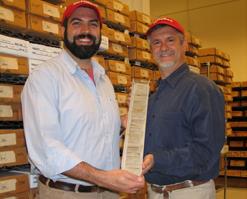
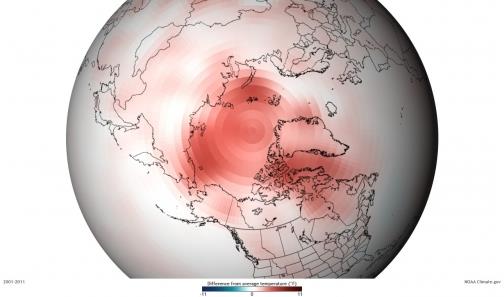
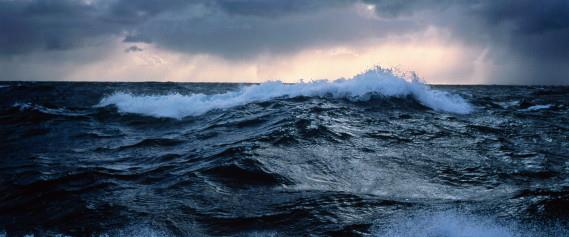
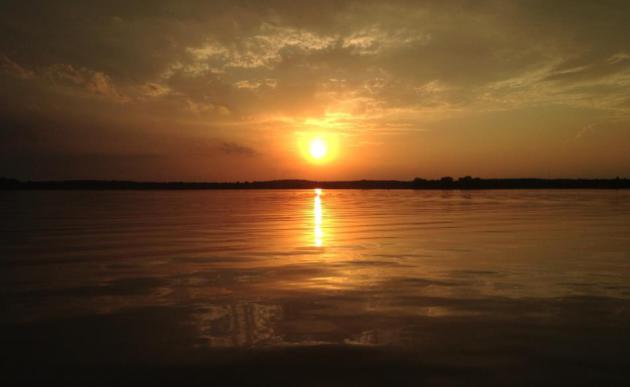

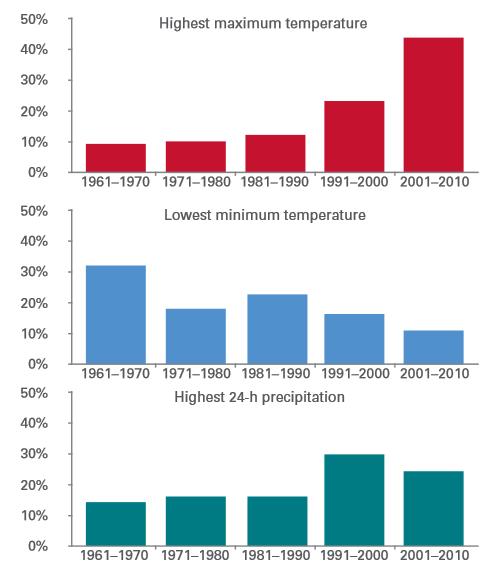
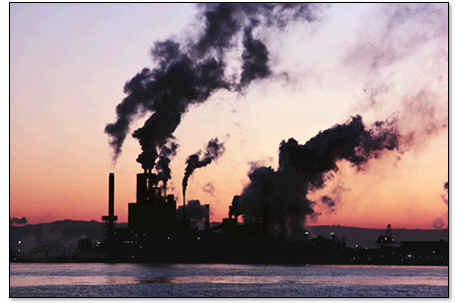


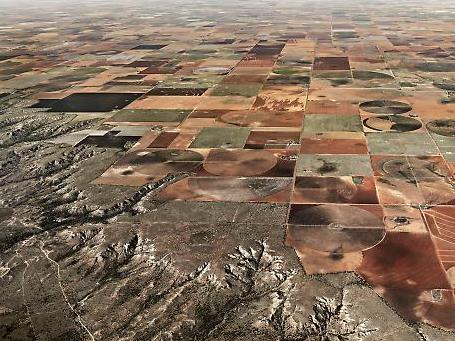

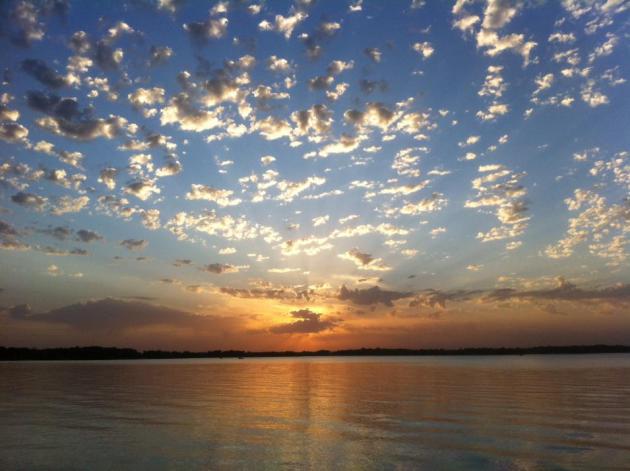
No comments:
Post a Comment